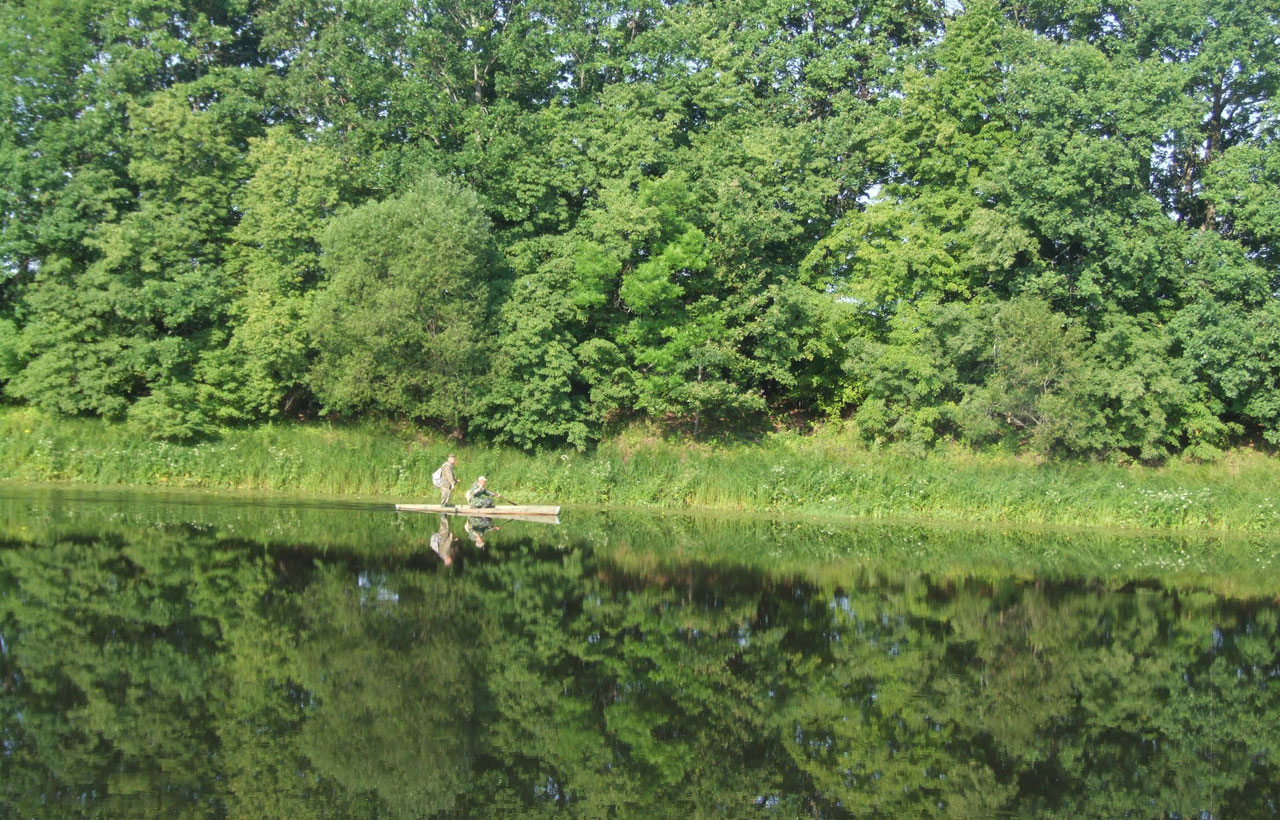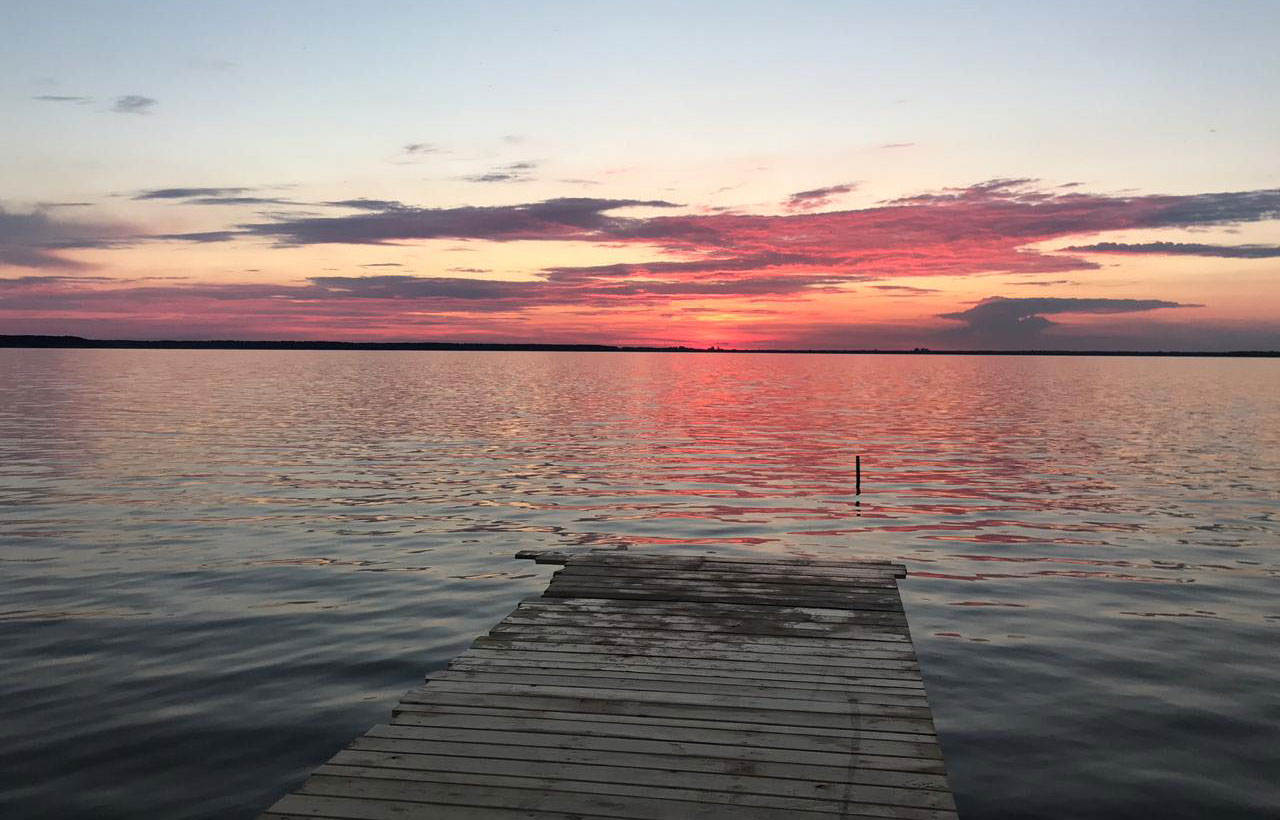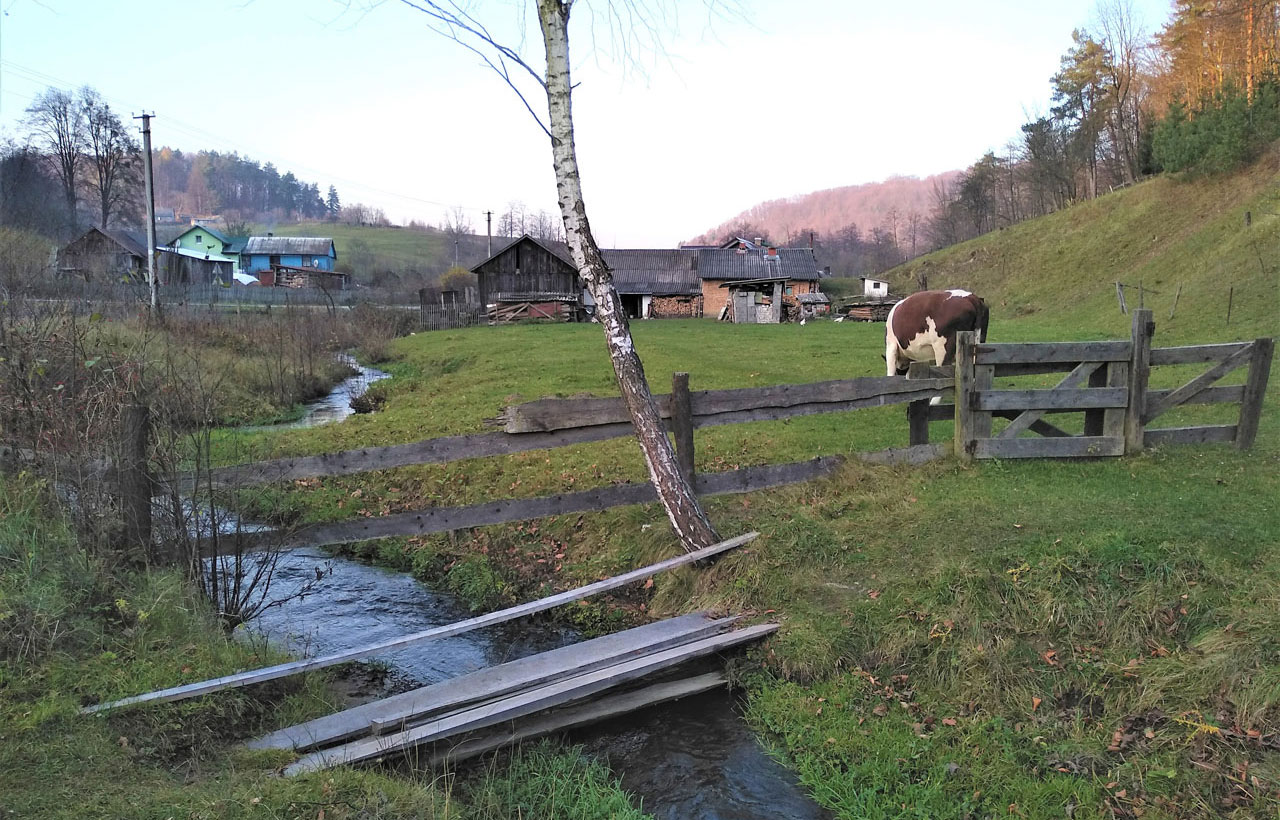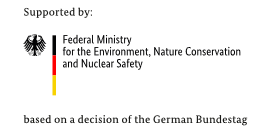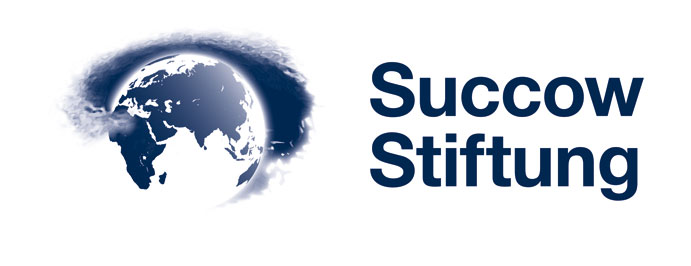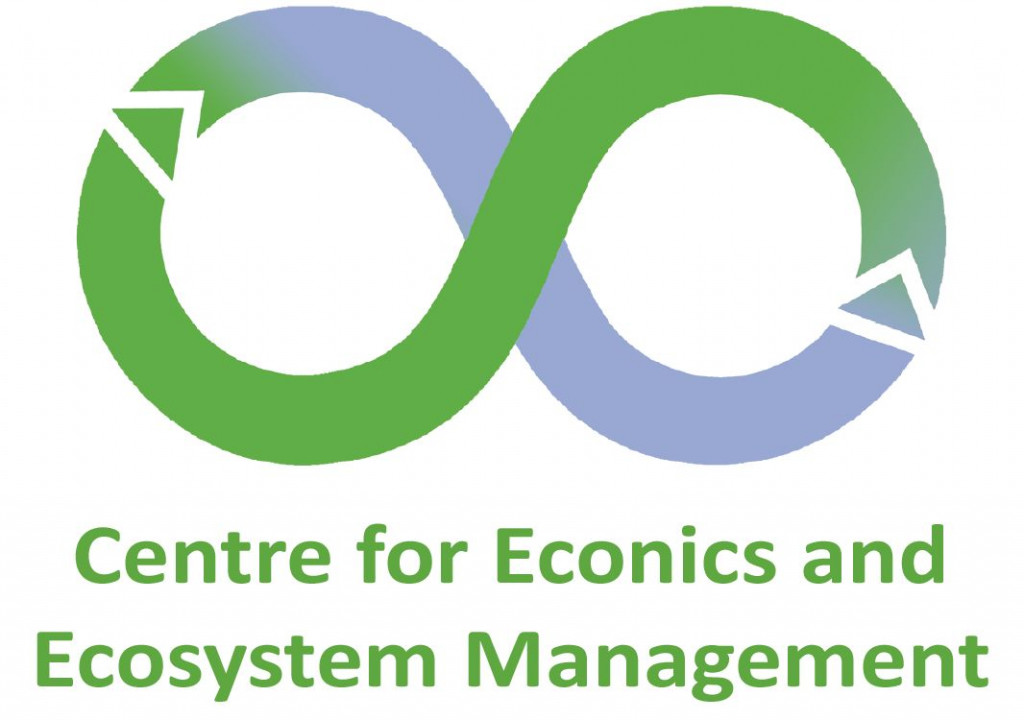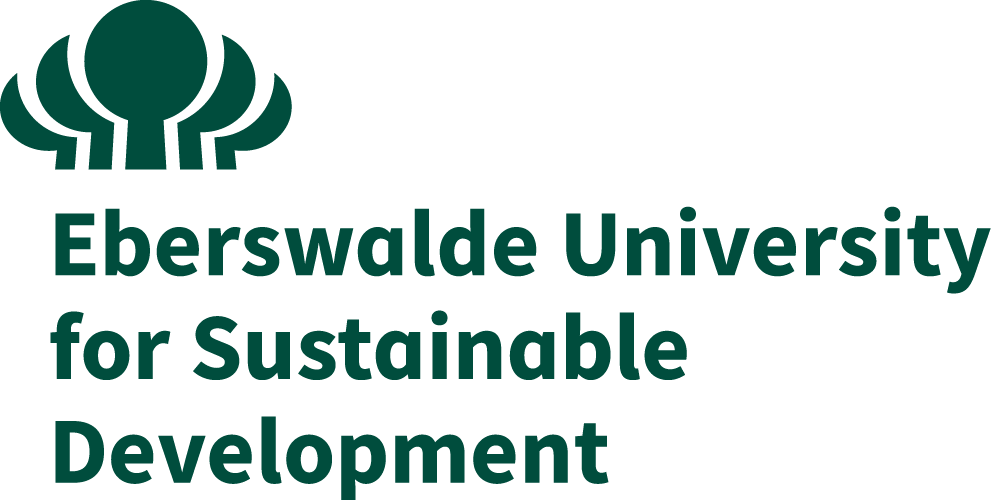Biosphere Reserves
Biosphere Reserves – Special places for joint learning
Biosphere Reserves are places where nature and culture connect.
Therefore, they are internationally recognised for their biodiversity and cultural values and are important “living laboratories” for the preservation of ecosystems by promoting eco-sustainable human and economic development models as well as by ensuring the continuation of research, education and the provision of information.

A dynamic world-wide network
As early as 1971, the United Nations Educational, Scientific and Cultural Organization (UNESCO) established the Man and the Biosphere Programme (MAB) as an international, interdisciplinary programme with the aim of creating a scientific basis for improving relations between people and their environment. In 1974, a Task Force of the MAB programme developed the concept of biosphere reserves, recognising that the conservation of biological diversity, the promotion of economic development and the preservation of the associated cultural values are often contradictory objectives.
Since the 1970’s UNESCO has designated areas throughout the world as biosphere reserves (BRs). When designated, these regions are commissioned to serve as learning sites and role models for sustainable development, crafting local solutions to global challenges. As a result, a network of biosphere reserves was established that currently comprises 686 areas in 122 countries of the world (status 2018), including 20 transboundary sites, and that is constantly growing.
The Ukrainian network of sites of excellence
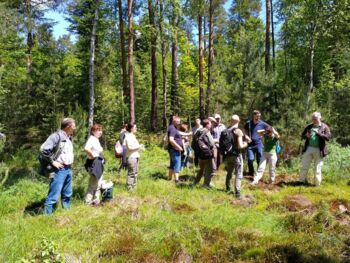
In Ukraine, there are currently 8 UNESCO biosphere reserves, of which four are created as Transboundary Biosphere Reserves, together with neighbourring countries. Further ones are in the planning. During times of the Soviet Union only three biosphere reserves existed inside the territory of Ukraine.
The Ukrainian biosphere reserves cover a wide range of ecological and cultural conditions - from alpine and wooded ecosystems to steppe areas with relatively intensive land use to even river, floodplain and delta areas. This also means that very different challenges and development opportunities emerge depending on the area. Nevertheless, a constant exchange between the areas is very fruitful, as different possible solutions can be tried out and best-practice experiences can be exchanged - the best prerequisite for fresh ideas and new perspectives by learning from each other!
What does a Biosphere Reserve do?
It supports innovative ideas and projects that aim towards sustainability by promoting:
• Conservation – protecting biodiversity and cultural diversity
• Development – fostering a sustainable economy and society for people living and working in the region
• Learning – facilitating education, training and research to support conservation and sustainable development
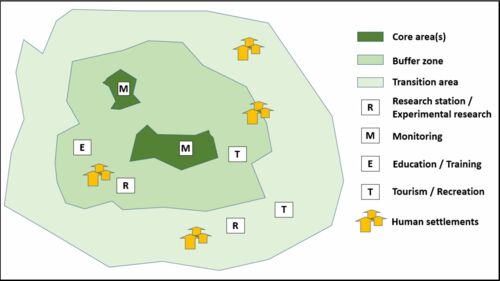
To be able to address all these functions a system of three different zonings was developed, which is one of the characteristics of biosphere reserves:
• Core zone –a zone with strictly protected ecosystems / no use
• Buffer zone – surrounds the core areas – used for scientific an educational activities
• Transition zone – largest area – socio-ecologically sustainable land use practices
